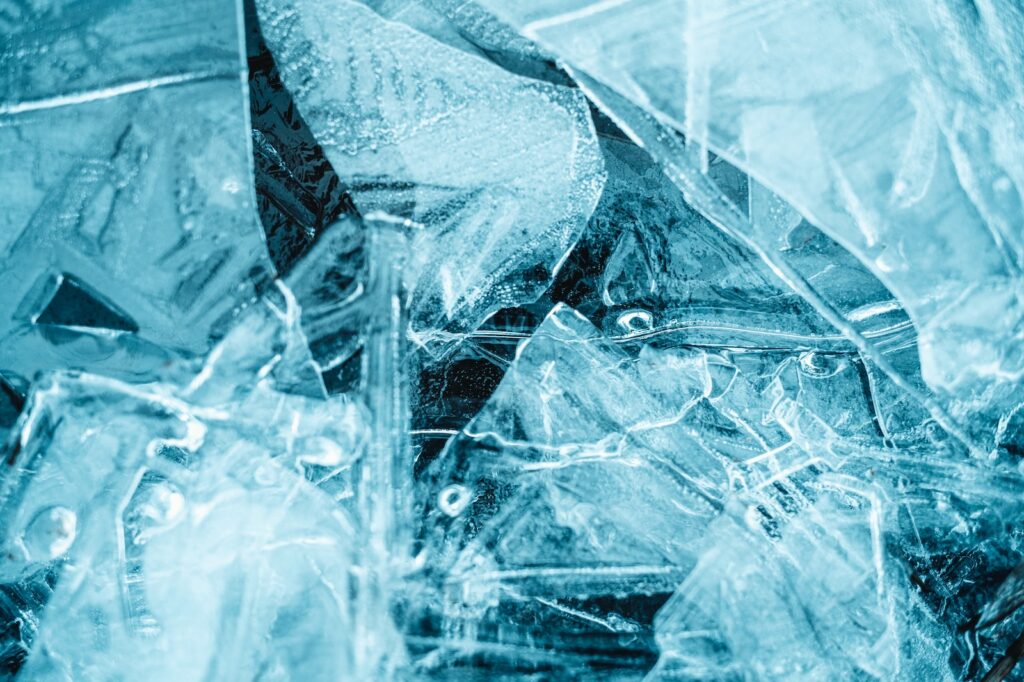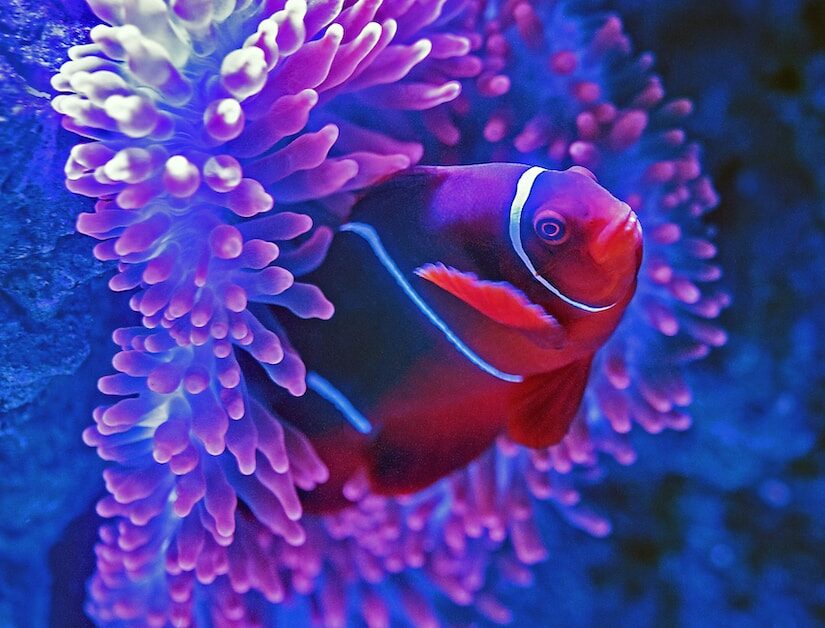Welcome to “Photographing Ice Crystals – A Detailed Guide,” where we delve into the world of capturing the mesmerizing beauty of ice crystals through macro photography. In this blog, we will explore the equipment, composition techniques, and lighting strategies that will allow you to create stunning photographs of these intricate icy wonders. Get ready to embark on a journey of discovery and learn how to transform ordinary ice crystals into extraordinary works of art.
Table of Contents
- The Equipment You’ll Need
- Mastering Composition Techniques
- Optimizing Lighting for Ice Crystals
- A How To Guide: Tips and Techniques for Photographing Ice Crystals
- Frequently Asked Questions
- 1. What is macro photography?
- 2. Why is winter photography challenging?
- 3. How can I photograph ice crystals effectively?
- 4. What composition techniques work best for photographing ice crystals?
- 5. How can I enhance the lighting in my winter photographs?
- 6. Can I photograph ice crystals indoors?
- 7. What camera settings are recommended for photographing ice crystals?
- 8. How can I post-process my ice crystal photographs?
- Wrap Up
The Equipment You’ll Need
Before you venture out into the winter wonderland, it’s essential to have the right gear for capturing detailed shots of ice crystals. Here are some key equipment you should consider:
1. Camera
A DSLR or mirrorless camera will provide you with the flexibility and control needed to capture the intricate details of ice crystals. Opt for a camera with manual settings and interchangeable lenses to achieve optimal results.
2. Macro Lens
A dedicated macro lens is a must-have for photographing ice crystals up close. It allows you to capture fine details and get intimate with the delicate structures. Consider investing in a lens with a focal length of 90mm or more for stunning close-ups.
3. Tripod
Stability is crucial when shooting intricate subjects like ice crystals. A sturdy tripod will help you steady your camera and ensure sharp, detailed images. Look for one with adjustable legs and a ball head for maximum flexibility.
Mastering Composition Techniques
Once you have your equipment ready, it’s time to think about how to compose your ice crystal photographs to create visually appealing and captivating images. Here are some composition tips to help you:
1. Simplify the Background
Keep the focus on the ice crystals by choosing a simple and clean background. This will enhance the intricate details and prevent any distractions that may take away from the main subject.
2. Fill the Frame
Get up close and fill the frame with the ice crystals. This will allow you to capture all the fascinating textures and patterns, showcasing the intricate beauty in every detail.
3. Experiment with Angles
Don’t be afraid to get creative with your perspective. Try shooting from different angles, such as from above or at eye level, to highlight the unique shape and structure of each ice crystal.
Optimizing Lighting for Ice Crystals
The right lighting can make a world of difference in capturing the intricate beauty of ice crystals. Here are some lighting techniques to consider:
1. Natural Light
Take advantage of diffused natural light for a soft and ethereal effect on your ice crystal photographs. Overcast days or shooting during the golden hour can provide the perfect lighting conditions.
2. Backlighting
Experiment with backlighting the ice crystals to create a stunning glow and emphasize their translucency. This technique adds depth and enhances the intricate details.
3. Reflectors
Use reflectors to bounce light onto the ice crystals and fill in any shadows. This helps to bring out the intricate textures and patterns, resulting in more visually appealing photographs.
Did you know that each ice crystal has a unique shape and pattern, making it a one-of-a-kind masterpiece of nature?
A How To Guide: Tips and Techniques for Photographing Ice Crystals
If you are captivated by the intricate beauty of ice crystals, then you probably want to capture their stunning details through photography. In this guide, we will discuss the essential tips and techniques to help you capture the mesmerizing beauty of ice crystals.
1. Equipment
To photograph ice crystals, you’ll need the following equipment:
- A macro lens: This lens allows you to capture intricate details while maintaining a close focus distance.
- A sturdy tripod: A tripod will help keep your camera stable, ensuring sharp images.
- A remote shutter release: This will prevent any camera shake when you press the shutter button.
- A polarizing filter: This filter helps reduce glare and enhances the clarity of the ice crystals.
2. Composition
When composing your shot, keep these tips in mind:
- Find a clear, undisturbed surface: Look for areas where ice crystals have formed naturally, such as frozen ponds, windows, or tree branches.
- Experiment with different angles: Get down low or shoot from above to find unique perspectives that showcase the intricate patterns and textures of the ice crystals.
- Include foreground elements: Adding elements like twigs or leaves can provide depth and context to your images.
3. Lighting
Lighting plays a crucial role in highlighting the details of ice crystals:
- Shoot during the golden hour: The soft, warm light during sunrise or sunset can create a magical atmosphere and enhance the details of the ice crystals.
- Use natural light: Avoid using harsh artificial lighting, as it can create unwanted reflections and shadows. Instead, take advantage of diffused natural light on cloudy days.
- Backlight the ice crystals: Place the light source behind the ice crystals to illuminate their delicate edges and create a beautiful glow.
By following these tips and techniques, you’ll be well on your way to capturing the intricate beauty of ice crystals in your photographs. Remember to be patient, experiment with different settings, and embrace the unique qualities that winter photography offers.

Now grab your camera and go out to explore the enchanting world of ice crystals through your lens. Happy photographing!
Frequently Asked Questions
1. What is macro photography?
Macro photography is a genre of photography where subjects are captured at a close range, typically capturing small details that may not be visible to the naked eye. It allows photographers to capture intricate details and highlight the beauty of small subjects.
2. Why is winter photography challenging?
Winter photography presents unique challenges due to the cold weather and limited lighting conditions. It requires careful consideration of exposure, composition, and the right equipment to capture the essence of the winter season.
3. How can I photograph ice crystals effectively?
To effectively photograph ice crystals, you will need a macro lens, a tripod for stability, and patience. Find an outdoor location where ice crystals are abundant, adjust your camera settings for close-up shots, experiment with different angles, and utilize natural light to capture their intricate form.
4. What composition techniques work best for photographing ice crystals?
When composing your ice crystal photographs, consider using the rule of thirds to create dynamic and visually pleasing images. Experiment with different angles, perspectives, and framing to highlight the unique patterns and textures of the ice crystals.
5. How can I enhance the lighting in my winter photographs?
During winter photography, it’s crucial to make the most of available lighting. Capture the soft, diffused light during overcast days to bring out the details of ice crystals. You can also experiment with backlighting to create a magical and ethereal effect.
6. Can I photograph ice crystals indoors?
While outdoor photography of ice crystals is commonly preferred, you can also photograph them indoors in controlled environments. Use a freeze-resistant glass surface or a cold plate, and carefully introduce ice crystals onto it. Experiment with lighting arrangements and macro photography techniques to capture their beauty.
7. What camera settings are recommended for photographing ice crystals?
For ice crystal photography, start with a low ISO setting (around 100-400) to reduce noise and maintain image quality. Use a narrow aperture (higher f-stop) for a larger depth of field to ensure sharpness throughout the image. Adjust your shutter speed accordingly to achieve proper exposure.
8. How can I post-process my ice crystal photographs?
Post-processing your ice crystal photographs can further enhance their beauty. Use editing software to adjust brightness, contrast, and sharpness. Experiment with different color tones to create a desired mood and emphasize the intricate details of the ice crystals.
Wrap Up
Photographing ice crystals is an adventure in capturing the exquisite intricacies of winter. With the right equipment, composition, and lighting, you can enhance the beauty of these delicate formations. Remember to use a macro lens for close-up shots and experiment with different angles to capture unique perspectives. Utilize natural light or consider using a diffuser for a softer effect. Composition is key, so pay attention to the placement of ice crystals within your frame. Don’t forget to explore different locations and be patient when waiting for the perfect moment. Now it’s your turn! Share your experiences and stunning ice crystal photographs in the comments below. Let’s inspire each other and keep the magic of winter alive!

